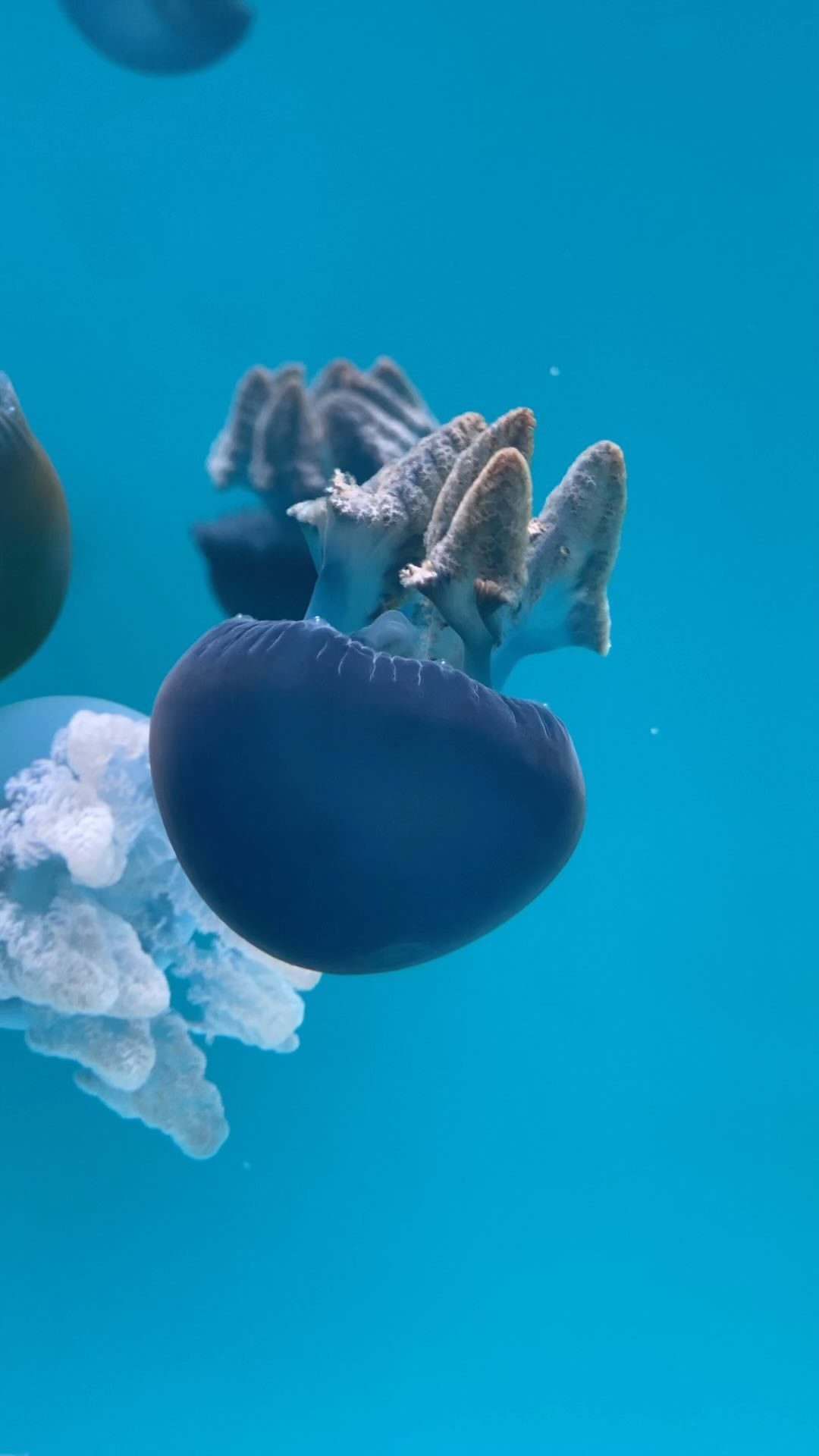Drifting Through the Depths: Discovering the Enchanting World of Sea Jellies
Introduction
Sea jellies, often called jellyfish, are some of the ocean’s most captivating and mysterious creatures. With their graceful, pulsating movements and mesmerizing, translucent bodies, they have inspired awe and curiosity for centuries. This blog article will delve into the fascinating world of sea jellies and uncover some interesting facts about these enigmatic marine organisms.
Unveiling the Intriguing World of Sea Jellies
- Ancient lineage: Sea jellies have been around for more than 500 million years, making them one of the oldest living creatures on Earth. They have survived multiple mass extinctions and have evolved into more than 2,000 different species, which can be found in every ocean and at various depths.
- Not quite fish: Sea jellies are not fish despite their common name. They belong to the phylum Cnidaria and are more closely related to corals and sea anemones. The term “jellyfish” is a misnomer, and many scientists prefer to call them “sea jellies” to avoid confusion.
- Simple anatomy: Sea jellies have a remarkably simple body structure, lacking a brain, heart, and bones. Their bodies are composed of 95% water, with a gelatinous, bell-shaped structure that encloses their digestive system and a delicate network of nerves that helps them sense their surroundings.
- Pulsating propulsion: Sea jellies move through the water by rhythmically contracting and relaxing their bell-shaped bodies, propelling themselves forward with each pulse. While they can somewhat control their movements, they are primarily drifters carried by ocean currents.
- Stinging cells: Sea jellies are equipped with specialized stinging cells called cnidocytes, which contain tiny, harpoon-like structures called nematocysts. When triggered, these nematocysts are fired into their prey or potential predators, injecting toxins that can paralyze or kill them.
- Diverse diets: The diet of sea jellies varies depending on the species, but they generally feed on small fish, plankton, and other sea jellies. Some species, like the sun jelly, have a symbiotic relationship with photosynthetic algae, which provide them with nutrients through photosynthesis.
- Bioluminescent beauty: Some species of sea jellies are bioluminescent, meaning they can produce their light through a chemical reaction within their bodies. This stunning glow can serve several purposes, including attracting prey, deterring predators, and aiding communication with other sea jellies.
- Blooming populations: Sea jellies form large aggregations called blooms, which can contain thousands or millions of individuals. These blooms occur for various reasons, including changes in water temperature, an abundance of food, or a lack of predators.
- Environmental indicators: Sea jellies can serve as important indicators of ocean health. An increase in their populations can signal imbalances in marine ecosystems, often resulting from overfishing, pollution, or climate change.

